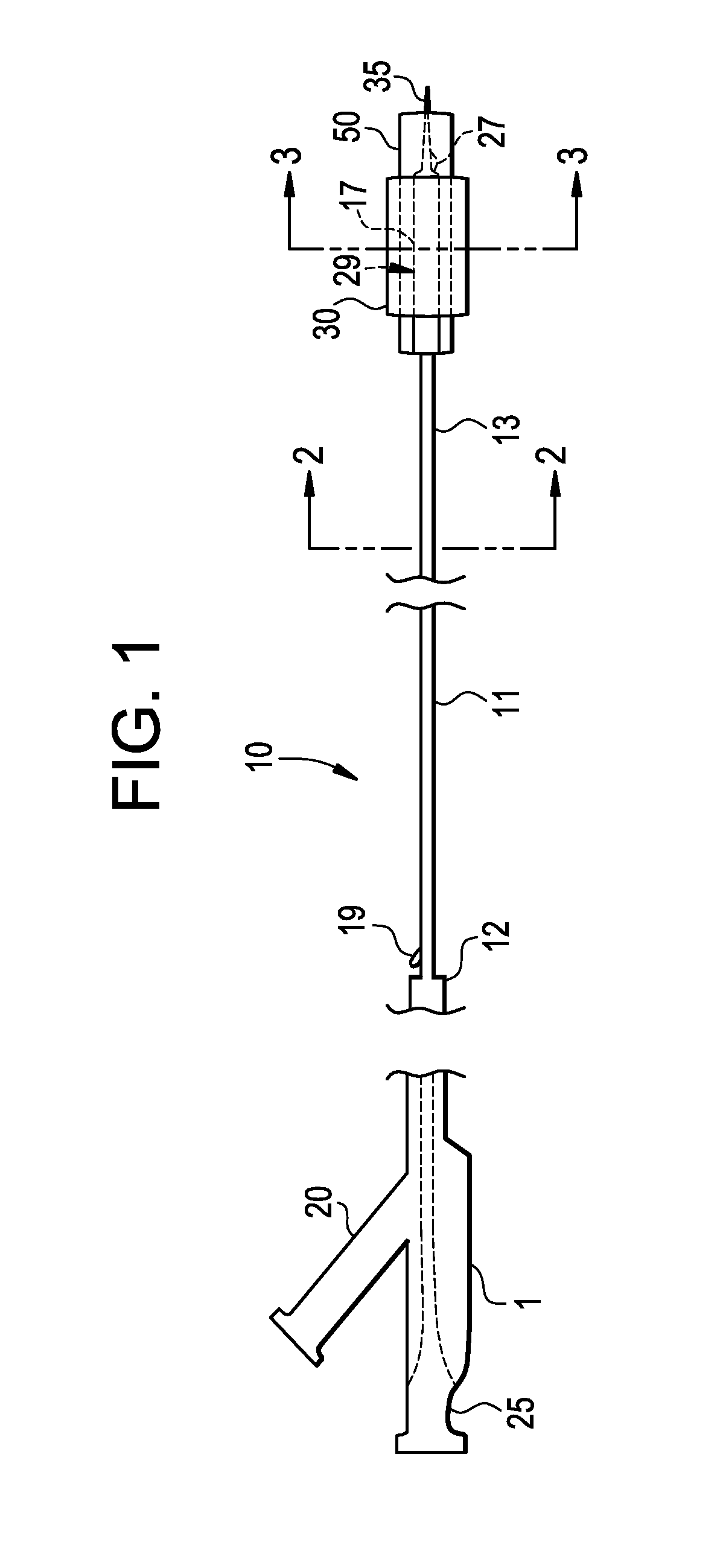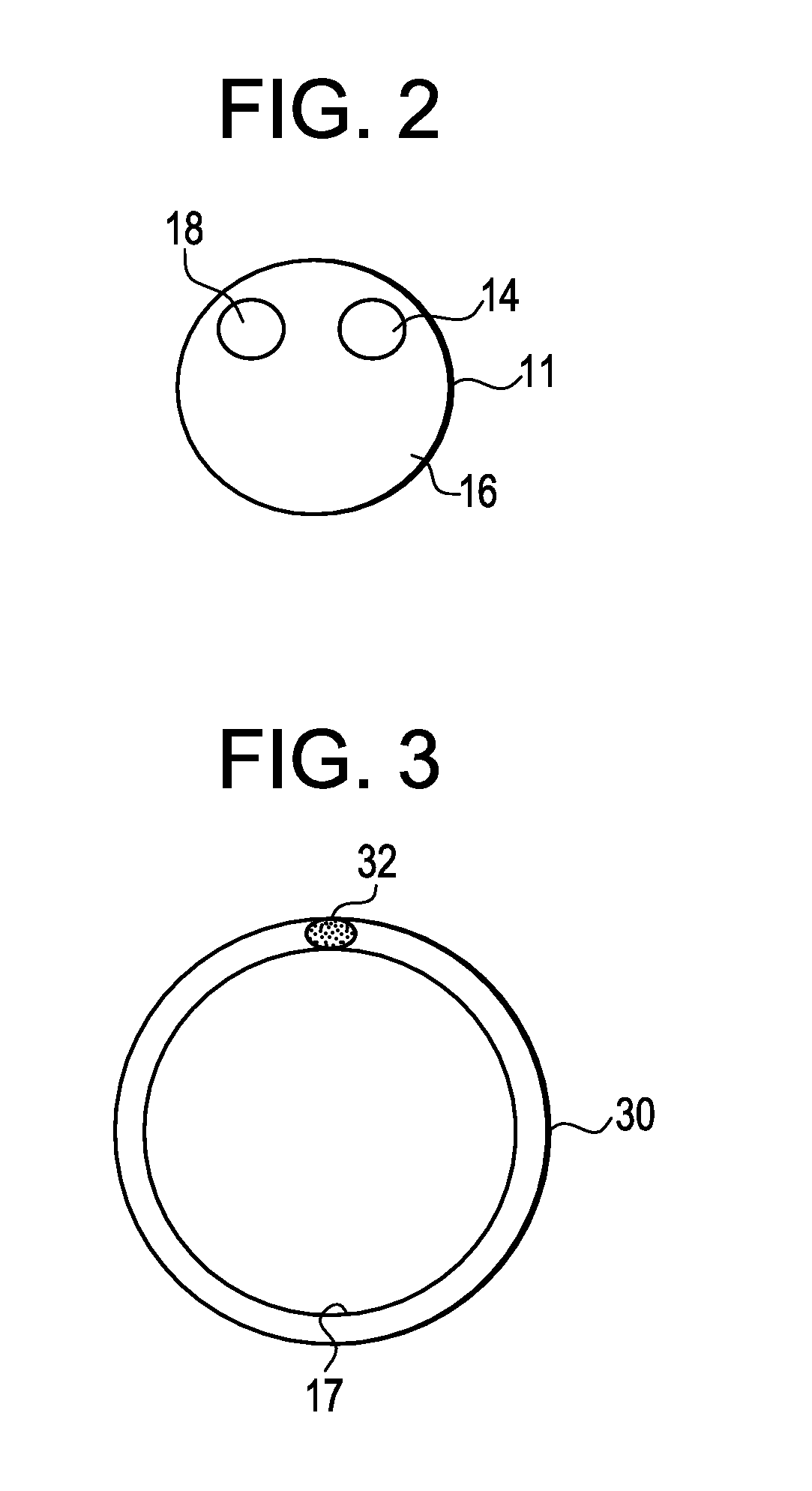Medical delivery system and method for delivery of a medically useful payload
a technology of medically useful payload and delivery system, which is applied in the field of medical delivery system for delivering medically useful payload, can solve the problems of significant procedural delay and patient risk, difficulty in delivering wire wrapping, and difficult passage of vein segments, and achieve the effect of facilitating the rotation of payload
- Summary
- Abstract
- Description
- Claims
- Application Information
AI Technical Summary
Benefits of technology
Problems solved by technology
Method used
Image
Examples
Embodiment Construction
[0046]This invention describes a novel method and construction for designing the distal portion of a medical device delivery system. The delivery system can track the medical device towards a target location on a single wire, and pre-orient the payload of the delivery system relative to the target location. This design facilitates rotation of a payload into position for use. To accomplish this rotation, a curved shape is induced on the orienting member of the delivery system prior to advancement of the device to the target location. As an example in this embodiment, the curved shape should be chosen such that the curvature of the device is approximately matched to curvature in the vicinity of the target location. As the device rotates, the curve of the device aligns with the curve of the vessel, orienting the payload into the desired position.
[0047]In one particular embodiment, this invention describes a novel method and construction for designing the distal portion of a medical dev...
PUM
 Login to View More
Login to View More Abstract
Description
Claims
Application Information
 Login to View More
Login to View More - R&D
- Intellectual Property
- Life Sciences
- Materials
- Tech Scout
- Unparalleled Data Quality
- Higher Quality Content
- 60% Fewer Hallucinations
Browse by: Latest US Patents, China's latest patents, Technical Efficacy Thesaurus, Application Domain, Technology Topic, Popular Technical Reports.
© 2025 PatSnap. All rights reserved.Legal|Privacy policy|Modern Slavery Act Transparency Statement|Sitemap|About US| Contact US: help@patsnap.com



